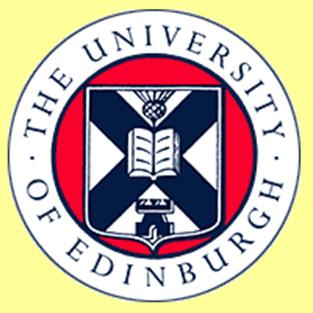Edinburgh/Yoghurt/Proof of concept
From 2007.igem.org
(→pTG262-PLac-RFP construct) |
(→pTG262-PLac-RFP construct) |
||
| Line 25: | Line 25: | ||
'''Transforming ''Bacillus subtillis'' with pTG262 vector''' | '''Transforming ''Bacillus subtillis'' with pTG262 vector''' | ||
* we have managed to transform the pTG262 vector into ''Bacillus subtillis'' sucessfully | * we have managed to transform the pTG262 vector into ''Bacillus subtillis'' sucessfully | ||
| - | * colonies of ''Bacillus'' growing on chloramphenicol plates can be viewed in Fig . | + | * colonies of ''Bacillus'' growing on chloramphenicol plates can be viewed in Fig 1. |
====pTG262-Pbad-RFP construct==== | ====pTG262-Pbad-RFP construct==== | ||
Revision as of 11:58, 23 October 2007
 Introduction | Applications | Design | Modelling | Wet Lab | Proof of concept | References
Introduction | Applications | Design | Modelling | Wet Lab | Proof of concept | References
In order to test the feasibility of gene expression in Lactobacillus and the possibility of making self flavouring yoghurt, we required a proof of concept.
As both the pigment and flavour pathways are rather complex and will require modification and optimisation before their expression in yoghurt we are going to use the much simpler RFP gene as a proof of concept.
pTG262-PLac-RFP construct
We have inserted the lactose induced RFP gene into the pTG262 vector
- this vector was then transformed into E. coli
- growth on IPTG-Xgal media resulted in RFP expression and production of red colonies
Further experimentation
- transform pTG262-Plac-RFP vector into Lactobacillus bulgaricus and Steptococcus thermophilus
- plate colonies onto IPTG-Xgal media and see if RFP is expressed
- introduce LAB with pTG262-Plac-RFP vector into yoghurt started culture & make yoghurt
- see if yoghurt produced turns red
Presently we are transforming the LAB with the pTG262-Plac-RFP vector
Transforming Bacillus subtillis with pTG262 vector
- we have managed to transform the pTG262 vector into Bacillus subtillis sucessfully
- colonies of Bacillus growing on chloramphenicol plates can be viewed in Fig 1.
pTG262-Pbad-RFP construct
For sugar induced gene expression, we have decided to insert the arabinose indued Pbad promoter in front of the RPF gene in the pTG262 vector.
- vector will be inserted into E. coli
- construct will be for arabinose induction of RFP production (plate on arabinose containing media)
- if successful P-bad-RFP containing pTG262 vector will be transformed into LAB
- LAB with Pbad-RFP vector will be used to make yogurt
- we will then test for red colour production upon the addition of arabinose
Possible problems with sugar induction of flavour and colours, could result from leaky promoter. Where the flavour and colour genes are expressed in the absence of the sugar inducer resulting in the yoghurt being flavoured or coloured when its supposed to be 'plain'
Introduction | Applications | Design | Modelling | Wet Lab | Proof of concept | References